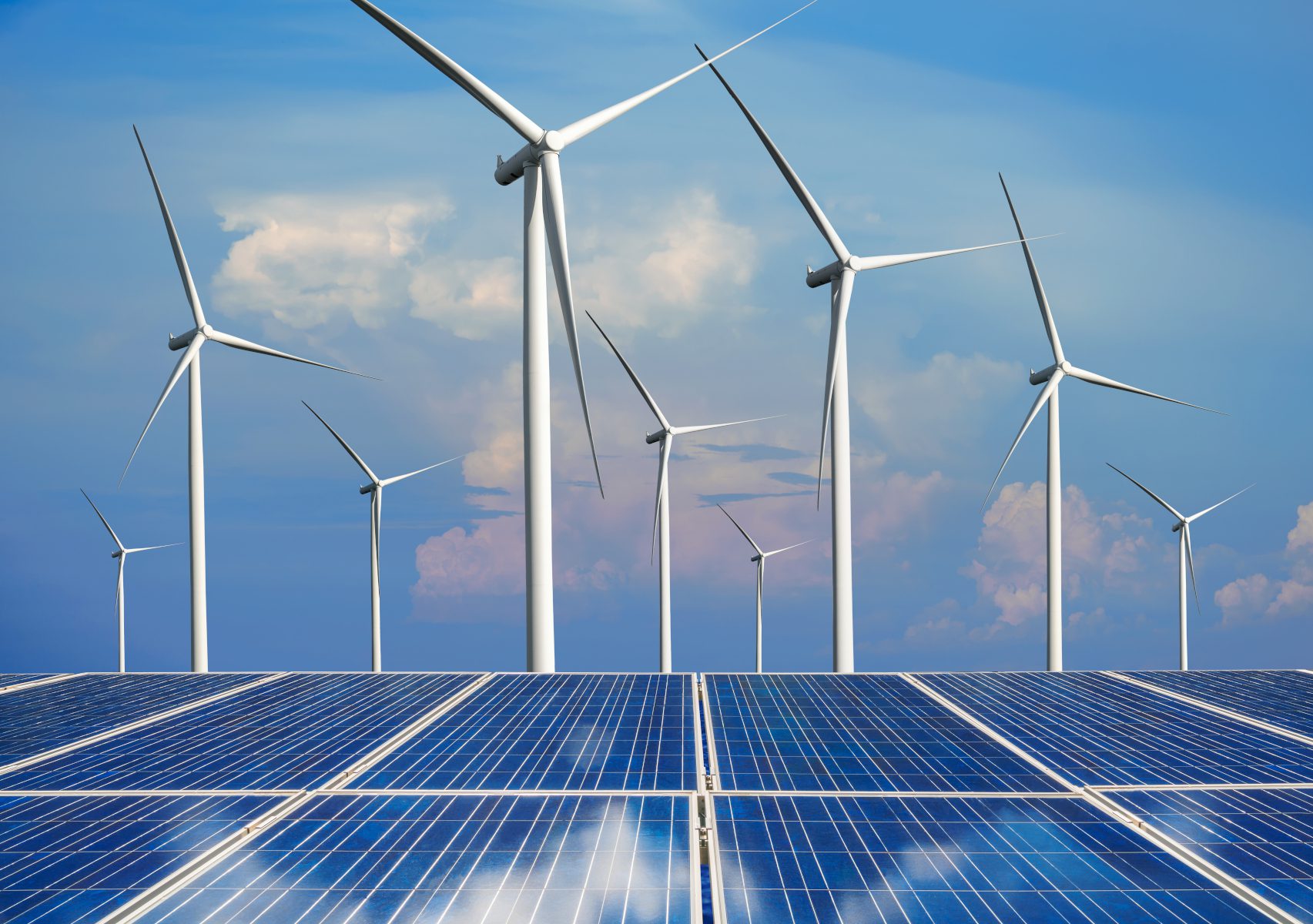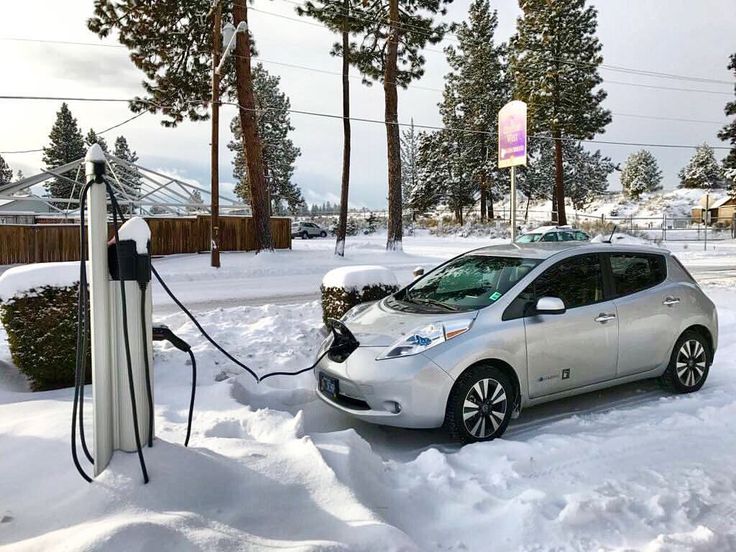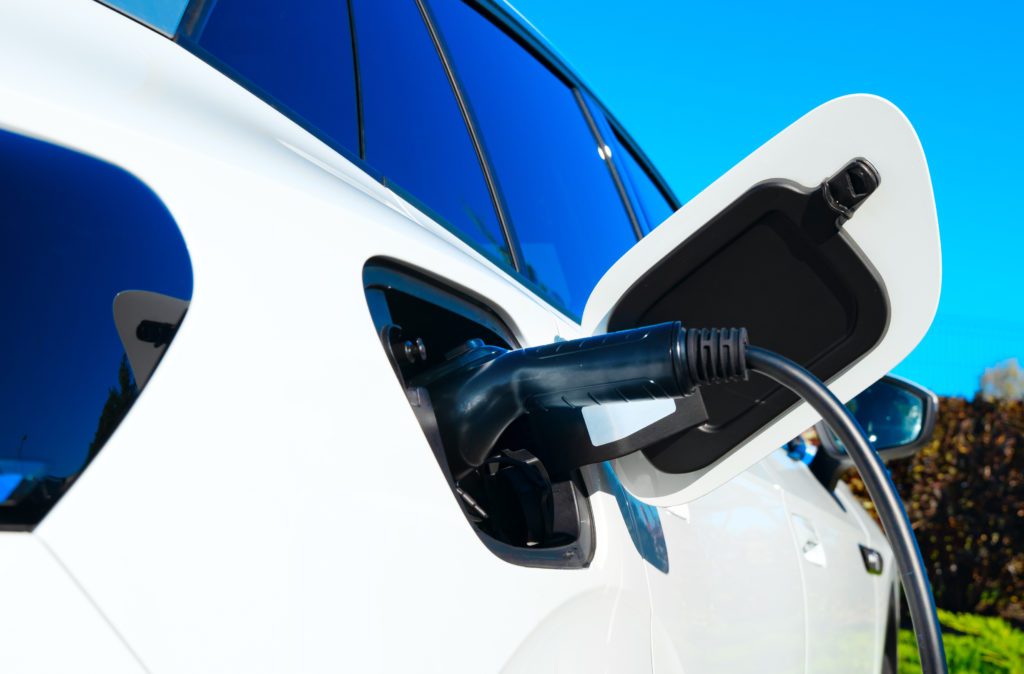To build a clean economy and avoid a climate disaster, Canada needs an emissions-free electricity supply. As we electrify everything, from our cars to our home heating systems, we need electricity to come from sources that don’t emit greenhouse gases.
That’s why Prime Minister Trudeau’s 2021 promise to deliver a net-zero electricity grid by 2035 was important. The target is also achievable – thanks to the coal phase out, Canada’s electricity grid is already over 80 per cent emissions-free.
To deliver on this goal, the federal government made important investments in renewable energy projects. Yet, reaching net zero also means phasing out polluting fossil fuel energy, so the government developed rules to impose a pollution limit on electricity producers. The rules, known as the Clean Electricity Regulations (CER), were finalized in December 2024. So, do they do the job? Let’s have a look.
The Clean Electricity Regulations are an important part of Canada’s climate plan.
The regulations work by placing an annual limit on the pollution from electricity produced using fossil fuels. Companies that provide electricity through wind and solar farms or nuclear plants aren’t affected by the regulations. Companies that use gas, on the other hand, will have to respect the annual limit by investing in technologies to reduce emissions – or reduce how long they run their plant.
Securing these regulations was an important victory, only made possible by the thousands of Canadians who demanded them. The regulations are expected to result in an estimated 180 Mt of GHG emissions reductions from the electricity sector between 2024 and 2050, equivalent to taking 55 million cars off the road for one year.
The regulations come up short of what is needed to tackle climate change.
Fossil fuel companies and some provincial governments, including Ontario and Alberta, used every trick in the book to prevent the regulations from being finalized. While they weren’t entirely successful, the final regulations are significantly weaker than the draft form published in June 2023.
The main issue is that gas-powered plants, the main source of pollution in Canada’s electricity grid since coal has largely been phased out, will be allowed to operate unregulated until 2035. Some newer gas plants will be exempt from pollution limits for much longer, going until 2049. Additionally, the annual limit placed on the plants is lenient and the rules accept offsets, meaning the purchase of carbon credits, as a suitable alternative to meeting the limit – up to a certain level.
In practice, this means Canada’s electricity grid will not reach net-zero emissions by 2035, despite the Prime Minister’s promise. In fact, the regulations do not guarantee our grid will be net-zero in 2040 or even 2045. In Ontario, some gas plants under construction, like the large Napanee plant, will likely not be subject to pollution limits until 2049. It also means local pollution from gas plants could continue to harm people’s health for decades.
Canada can meet its demand without new gas-powered plants.
Canada is in an enviable position. Our grid is already 85 per cent decarbonized. We have abundant wind, water and solar resources, and we are well on our way to phasing out coal. Phasing out gas is the final step.
In fact, modelling has shown that Canada can reach 100 percent zero-emissions electricity by 2035, even as electricity demand rapidly increases. Achieving this requires a significant increase in the rate of installation of renewable energy, as well as energy efficiency, interprovincial transmission and increased battery storage capacity.
Fossil gas is not a “bridge fuel” and it must be phased out.
Gas companies have tried to present fossil gas, better known as natural gas, as a cleaner “bridge fuel” that can act as an intermediary between coal and renewable energy. However, because of methane leaks throughout the supply chain in addition to emissions from combustion, the climate impact of fossil gas is significant. Current analysis finds when accounting for these “fugitive emissions” and methane gas’ powerful impact on the climate in the short term, gas is worse than coal when burned to generate electricity.
The world is rapidly moving towards renewable energy, and Canada should too.
At COP28, countries committed to tripling global renewable energy capacity by 2030. Canada formally adopted this goal. Momentum is building as countries install renewable energy at record speed. In 2023 alone, global renewable energy installations grew by 50 per cent. That includes Germany installing 17 GW of renewables and the UK installing 14 GW. Yet, despite vast potential for wind and solar, Canada has been slow to the race, installing just 2.3 GW in 2023.
Whether the Clean Electricity Regulations mandate it or not, it’s in our best interest to invest in renewable energy. Wind and solar, combined with greater energy efficiency, is the cheapest, cleanest and quickest way to meet our electricity needs while protecting our health and our future.
Ontario resident? Take action!









